Mediamax continues “50 global Armenians” special project and presents a new hero, physicist Valeri Papanyan, who is working for NASA.
Valeri Papanyan, Doctor of Physics and Mathematics, was born in Tbilisi, Georgia. He graduated from the Department of Physics of the Yerevan State University with major in theoretical physics in 1968. Then he graduated from the school at Theoretical Department of the Physics Institute of the USSR Academy of Sciences in Moscow, where he earned his PhD. From 1974, he worked more than 20 years in the Institute for Physical Research of the Armenian Academy of Sciences (Ashtarak, Armenia)for more than 20 years, where he became Head of Laboratory of Electromagnetic Interactions (then of Gas Plasmas). During these years, he conducted a joint research with Rice University (Houston, Texas), University La Sapienza (Rome, Italy), laboratories in Prague and Budapest. From 1996, he started his new career at Rice University. From 1999 he works for NASA: first supporting the X-38 Crew Return Vehicle project, then the Space Shuttle “Return to Flight”, where he worked till the end of the shuttle era in 2011. He currently works with the Orbital Debris Research and Science Operations Group at the Johnson Space Center (Houston, Texas).
I was born and graduated from high school in Tbilisi. I liked technical and science classes at school, especially physics and mathematics. Alexander Andreasov, our physics teacher, influenced me a lot. He liked to reiterate that to solve a problem you have to understand it “with all filaments of your soul”.
I was stunned with the first flight to space by Yuri Gagarin in 1961, when I was in my 8-th year at school. I read a lot about travel in space and to other planets, and even wrote a presentation based on the book “Universe, Life, and Intelligence” by Iosif Shklovsky. So I decided to go into engineering and to build rockets. But ultimate comprehension of Nature by physics captured my imagination, especially elementary particles and quantum mechanics. I read a book with a title “Strangeness of Inevitable World” about discovery of quantum mechanics from experiments. And there was a chapter (with photos) devoted to Artem Alikhanyan and his brother Abraham Alikhanov (not many people know now that he was on the short list to lead the nuclear bomb project, but Kurchatov won as of Russian origin). It was described how they build a cosmic rays laboratory on the top of mount Aragats. You know that a movie “Hello, that is me!” was based on this story. So I was getting deeper into math and physics and even was among finalists of the Math Olympiad that was organized by the Moscow Physics-Technical Institute.
I did not want to stay in Georgia, so after graduating from the high school I had a choice to continue my education in Moscow or in Yerevan. My father gave me advice to move to Armenia, to my Motherland. So I did, and I never regret.
Doctor Papanyan said that he was very lucky, because in Armenia he met friends for the lifetime and his future wife, he discovered himself in the center of rapid advancement of all branches of physical research.
Conference of Young Physicists in Nor-Amberd (Valeri Papanyan is second from the right (standing).
Photo: V. Papanyan’s personal archive.
At that time (seventies of the 20th century) physics, computing, and engineering were growing fast in Armenia and it was very popular to be a scientist. Professor Ter-Mikaelian had established contacts with Moscow scientists and he used to send best students there for graduate studies, to bring them back to Armenia. So I passed the interview, started research in the Physics Institute in Moscow, and defended Candidate thesis in 1974. Most of us, students from Armenia returned to Yerevan, where I married in 1974. Since then I worked for more than 20 years in the Institute for Physical Research of the Armenian Academy of Sciences, where I reached position of head of laboratory. I conducted research and taught students in the fields of short-wavelength lasers and gas discharge plasma.
A had broad contacts with colleagues abroad during the Soviet times also: I was invited to work in Italy, Czechoslovakia, Hungary, and participated in conferences, including USA. During these years my laboratory conducted joint research with Rice University (Houston, Texas), University La Sapienza (Rome, Italy), laboratories in Prague and Budapest. Almost every year I traveled abroad for presentations in meetings and conferences, but I never had in mind to stay there.
I remember, how my first trip to USA happened. Rolf Gross (from Aerospace Corporation in California). was responsible for invitations of the Eastern European scientists to the Laser Sciences Conference. And he told the head of Soviet delegation, Nobel Laureate Nikolay Basov, to send young actively working scientists but not well-known academicians. This way I found myself in the Soviet delegation in the conference in the famous New Orleans. All Soviet representatives of that conference became friends, also, connections with American colleagues remained for a long time.
Over the difficult years of 1989 to 1996 I kept my laboratory running owing to international grants (Soros fund, International Science Foundation, Cooperation on Applied Science and Technology, etc.). However, it became very difficult to be competitive internationally in nineties. World science is advancing very fast, and even if you don’t work for a month (like during freezing winter in Armenia), you are left behind. We were doing experimental physics, and it was already impossible to purchase new instruments and equipment (we were buying only computers from the grants’ money). Therefore, I started to think about searching other ways to continue work in science and, also, to feed my family staying actively in science and technology.
In 1996, I received a grant from US National Science Foundation for research at Rice University and decided to stay after finishing this project.
Valeri Papanyan started his second career at Rice University (Houston, Texas) in his late forties.
Stellar Award presentation in 2004 by famous astronaut John Young (on the right).
Photo: V. Papanyan’s personal archive.
Houston is well- known through his three largest employers: NASA Johnson Space Center (JSC), oil servicing industries, and Texas Medical Center (they say it is largest in the USA). My first job outside the academy was in Advance Development Group of the Baker Hughes corporation, which was designing drilling and measurement tools for the needs of oil companies. They needed an expert in optics and spectroscopy for analysis of oil composition underground, inside the well, so called “measurements while drilling”. I got several US patents while in Baker Hughes. However, in 1999 the oil price dropped so low (around $13 for a barrel) that they could not finance this research project any longer.
That time Valeri Papanyan got an offer from NASA JSC. He says that it was like closing the circle, a realization of his childhood dream to build rockets for human travel in space, which started with his impressions of Gagarin’s flight.
As you know, NASA is a governmental organization and its funding is proposed by President and approved by Senate. In other words, programs are going on as long as there is financing, and therefore, changes are often due to changes in politics. My first project was X-38, so called “crew return vehicle,” or rescue spacecraft, which we were developing for the International Space Station (ISS). Its mission was to return back to the Earth surface the ISS crew if something unexpected happens, like meteoroid or orbital debris strike. I was responsible for optical part of the laser pyro-initiators that we used for parachutes and other critical equipment deploy. 
“X-38” Crew Return Vehicle.
Photo: V. Papanyan’s personal archive.
In the U.S., it is very important to show your professional skills (not only knowledge, as we thought back in the Soviet times). You have to prove that you can design what is needed at this moment of time for the success of your project. I showed that I can solve some problems they had encountered during design of the experimental units and they appreciated it, and listened to my opinion. Many people think that there is chocolate distributed in America, but it is not true, except for long hours of hard work. So I made progress in my career, received several awards, and was invited with my wife as VIP guests to the launch of shuttle Discovery in 2001 (STS-105 mission) at Cape Canaveral, Florida.
However, this project was closed due to its financing cut off. In 2003 shuttle Columbia disaster happened. So, as expert in optics, I was invited to work for Image Science and Analysis Group, was supporting some specific impact tests and the space shuttle surface thermal protections on-orbit inspection. It was decided to conduct detailed surveys twice during the flight, after launch and before landing, to prevent from catastrophic damage during re-entrance into the Earth atmosphere.
This was his second project at NASA. Valeri Papanyan worked for this group till the end of the shuttle era in 2011.
Shuttle on-orbit inspection (2005).
Photo: V. Papanyan’s personal archive.
NASA has an advantage in comparison to the oil industry companies: when a project is closing, they try to re-assign valued experts to other projects that have openings. So I was invited to support orbital debris search and investigation at Astromaterials Research and Exploration Science Directorate at JSC. Now I support the radar group. In contrast to telescopes, radars do not need solar light to detect an object on orbit. It is amazing how sensitive they are now, in particular, the so-called “Deep Space Network” radars. For example, it can detect an object of a centimeter size at an altitude of 2000 km. It is achieved by using specially designed pulse shape, sophisticated mathematical and statistical signal processing with powerful computers, not in a way that we used to watch in movies: an operator viewing a round screen.
How it feels like to work in an agency largest in the world in the sphere of the space research?
Of course, on the one hand, it is very romantic to work for NASA. I feel that it depends on what level you are working on. But it is great responsibility on the other hand because you know that human life depends on your decision. When we were inspecting the shuttle surfaces, we knew, that if we miss a defect, it will cost astronauts’ lives. And these defects could be of millimeter sizes, which we had to find from videos and photos and measure remotely. Now I have less responsibility, but during the shuttle flights we had long shifts (around 10 hours) and short rest, and the responsibility was huge.
NASA Space Flight Awareness Award presented by astronaut Alan Poindexter (in the middle is Vazganush Gharibyan).
Photo: V. Papanyan’s personal archive.
What about my family, my wife Vazganush also graduated from Physics Department of Yerevan State University and defended her PhD (Candidate degree) in Molecular Physics in Kiev. She conducted research and lectured in the University. Her second career is in molecular genetics and she works for University of Texas Cancer Center, here in Houston.
My daughter Shushanik graduated from the Yerevan University of Economics, and received her master’s in “Conflict Resolution” for Notre Dame University, then her PhD from University of Houston. She participated in the peaceful talks with Azerbaijani young representatives on the border near Ijevan. She worked for the Federal Reserve Bank of Dallas and now is working for BBVA Compass Bank in Houston. (It is very lucky for U.S. to have your children in the same city with you).
My son Khachatur picked up the field of computer science and graduated from Electrical and Computer Engineering Department of Texas University in Austin, then he worked for Dell company. Now he is graduating from law school to become a patent lawyer in computers and electronics.
Valeri Papanyan with his grandson Hovhannes.
Photo: V. Papanyan’s personal archive.
My sister lives in Yerevan and we visit Armenia regularly. I don't usually have time to travel every year, so I visit once in 2-3 years. For example, this summer we again are in the midst of change, closing old contracts and starting new. Maybe you have heard about proposed flights to asteroids. However, my wife travels to Armenia every year.
Due to specifics of my work, I can’t continue my joint research with Armenia. However, I have personal contacts and good friends there. When in Yerevan, I always meet my colleagues from University and Academia.
Somebody said physics is not a profession, but way of thinking. Valeri Papanyan says that he agrees with it completely. His years in graduate school in Theoretical Physics Department of Physics Institute in Moscow, where he intercepted with such gigantic personalities as academician Andrei Dmitrievich Sakharov (father of Soviet H-bomb and then dissident) had a prominent influence on his scientific and personal development.
Aram Araratyan talked to Valeri Pepanyan.







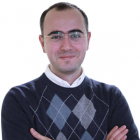
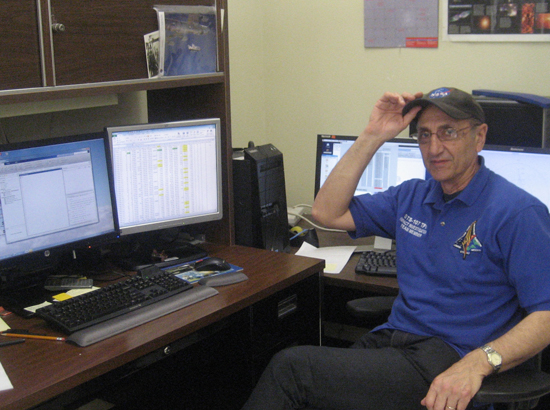
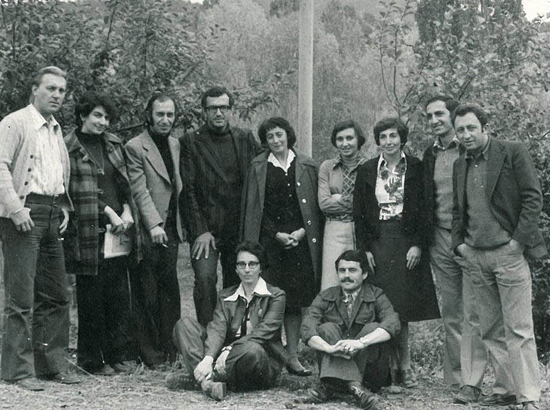
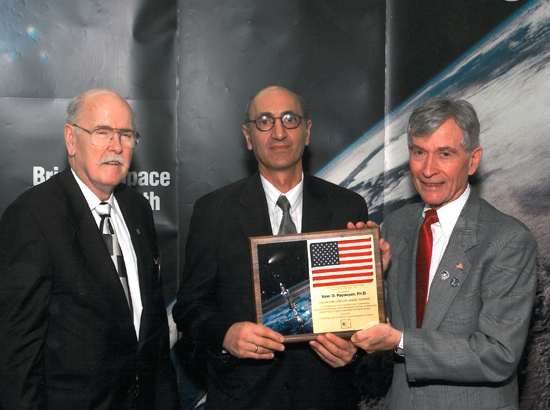
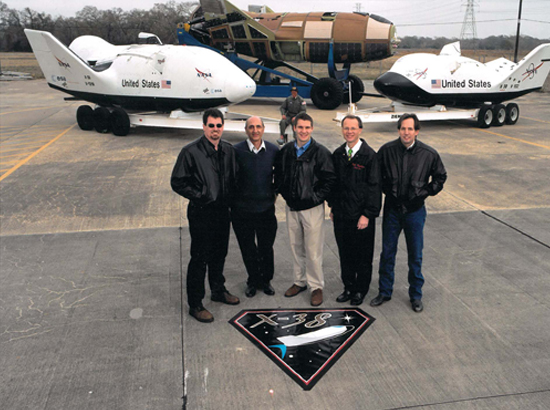
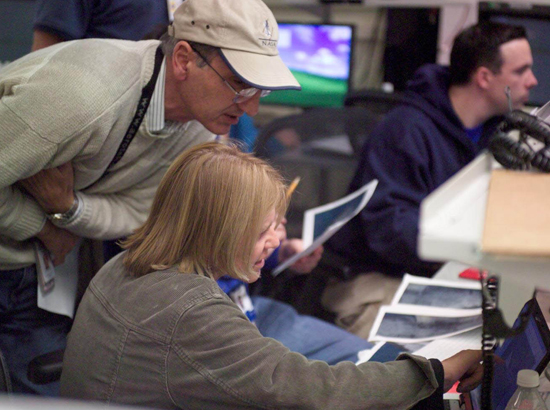
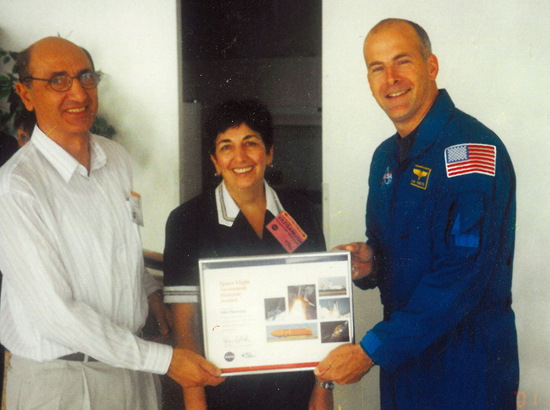
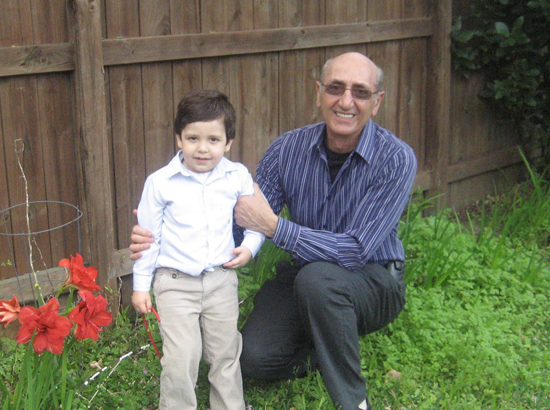







Comments
Dear visitors, You can place your opinion on the material using your Facebook account. Please, be polite and follow our simple rules: you are not allowed to make off - topic comments, place advertisements, use abusive and filthy language. The editorial staff reserves the right to moderate and delete comments in case of breach of the rules.